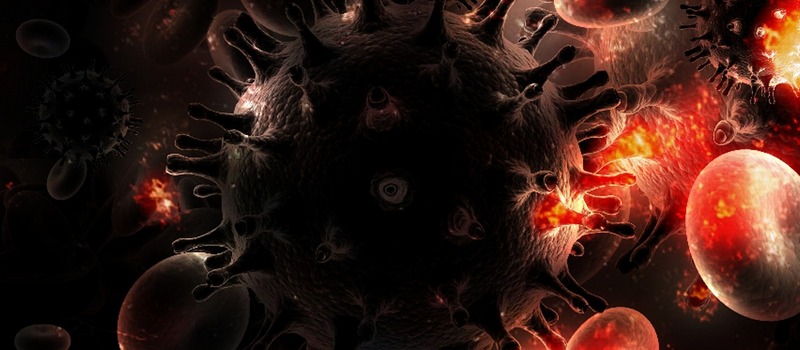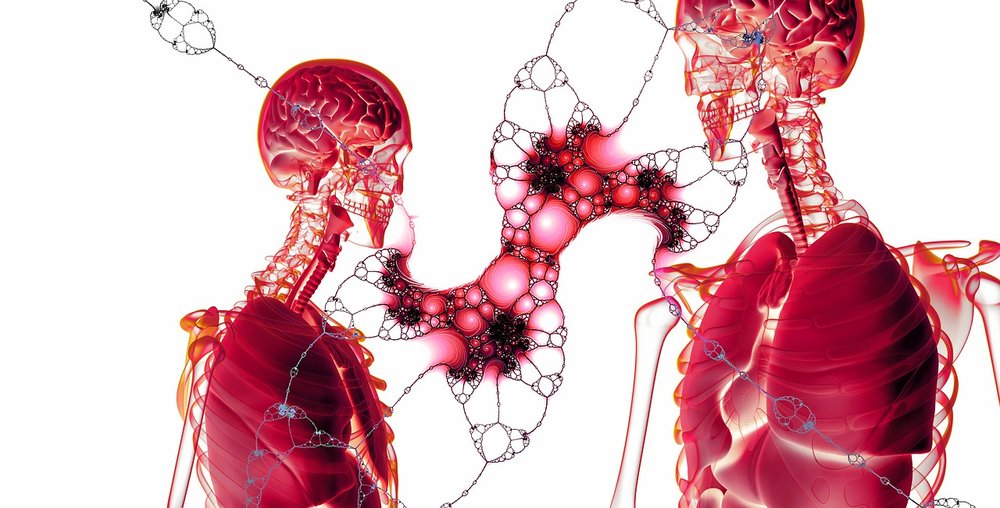To many, it is coming off as a far-fetched dream, but aerial technology company EHang, and Lung Biotechnology, a subsidiary of pharmaceutical company United Therapeutics, have announced a new collaboration consisting of a 15-year plan to produce and utilize 1,000 unmanned drones for the transportation of manufactured transplant organs.
EHang recently introduced its newest creation, the 184, which is the world’s first autonomous passenger drone, and in the new collaboration, Lung Biotechnology has ordered 1,000 of them for purchase. This is no small task, nor is the timeline short, but over the next 15 years the companies plan on modifying the single-passenger drones to carry organs instead of people, a project that they are calling the Manufactured Organ Transport Helicopter (MOTH) system. The idea is to revolutionize the way transplant organs are delivered to hospitals and patients all over the world by making the process faster, cheaper, and more streamlined. It is clear however, that this idea can stretch far beyond organ transportation.
As for the manufactured organs themselves, some digging must be done to uncover much information about them, however the technology behind their creation, while not new, is fascinating and exploratory enough to warrant its own article. 
Still, both companies have quite a few hurdles to clear before this vision becomes a reality. The list is extensive, but the main contingencies include official development of the MOTH drones, approval from the U.S. Federal Aviation Administration (FAA) for the drones, and clearance by the U.S. Food and Drug Administration (FDA) for Lung Biotechnology’s host of manufactured organ technologies, most of which are yet to complete clinical trials. These obstacles make it understandable why some believe this dream is a bit of a stretch, but the lengthy timeline of the collaboration suggests that both sides of the partnership are in this for the long haul. Plus, drone delivery systems have already been gaining some serious traction with the likes of Amazon, Matternet, and one FAA-approved medical delivery drone flight in July of last year.
By Brady Slater, BSc
News Release: EHang Announces Development Agreement with Lung Biotechnology to Enable Drone Delivery of Manufactured Organs for Transplant
Original article: Fierce Biotech
More reading on Xenolungs: Borders Are Not Always Boundaries: Are Genetically Engineered XenoLungs from Pigs Feasible before the End of This Decade?










